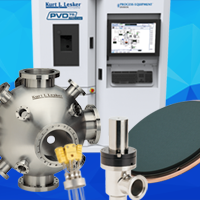About the Book
An essential resource for anyone interested in the principles and applications of vacuum science and system design for high and ultrahigh vacuum environments. This book is part of the Vacuum and Thin-Film Deposition Technologies series, edited by Aloysius F. Hepp, and features contributions from a distinguished editorial board and experts in the field.
This volume delves into the historical evolution of vacuum science, the fundamental principles of pressure and vacuum, and the design and components of modern vacuum systems. It provides a comprehensive overview of vacuum technology, from the basics to advanced applications, making it an invaluable reference for both beginners and seasoned professionals.
Key Topics Covered
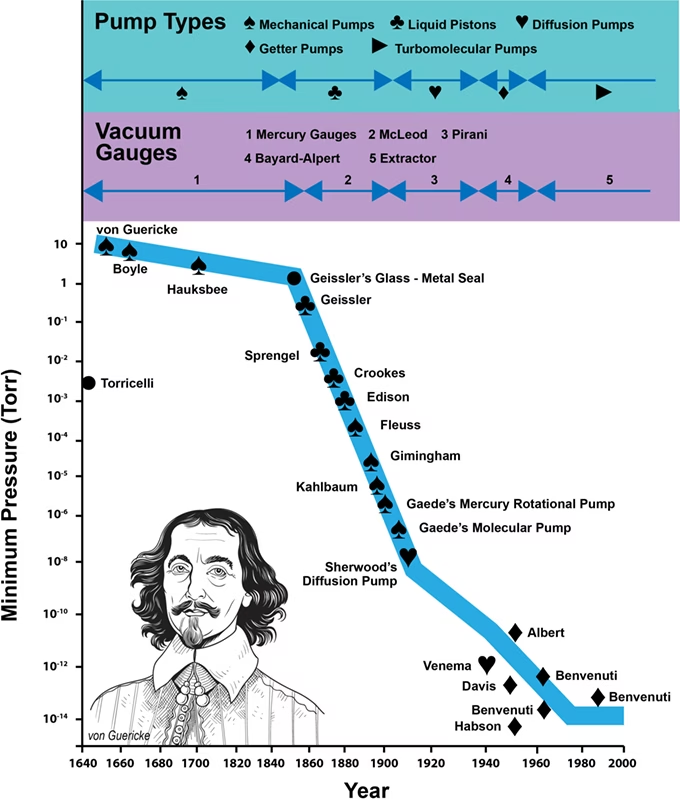
Chapter 1: 2500 Years of Vacuum Science and Technology
- Introduction to Vacuum and Vacuum Science: Definition and historical context of vacuum science.
- Historical Highlights: Key milestones in the evolution of vacuum technology, from ancient concepts to modern applications.
- Vacuum Chambers: Development and significance of vacuum chambers in creating artificial vacuum environments.
- Vacuum Pumps: Evolution of vacuum pumps and their role in producing vacuum.
- Vacuum Gauges: Development of instruments to measure vacuum pressure.
- Commercialization: Impact of vacuum technology on industries such as lighting and electronics.
- Modern Vacuum Systems: Advances in materials and engineering that have improved vacuum system performance.
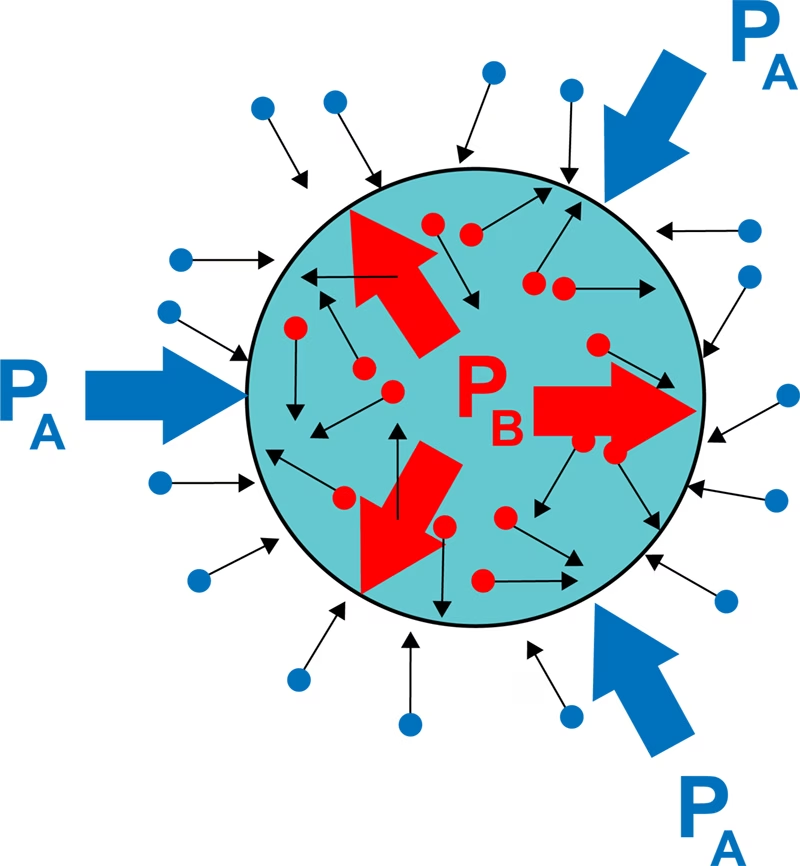
Chapter 2: Understanding Pressure and Vacuum
- Physical States of Matter: Characteristics of solids, liquids, and gases.
- Gas Laws: Fundamental gas laws (Boyle's, Charles', Avogadro's, etc.) and their relevance to vacuum science.
- Kinetic Molecular Theory: Explanation of gas behavior at the molecular level.
- Gas Pressure: Relationship between gas pressure, molecular collisions, and temperature.
- Mean Free Path: Concept of mean free path and its significance in vacuum systems.
- Viscosity of Gases: Impact of gas viscosity on flow and friction in vacuum systems.
- Heat Transfer: Mechanisms of heat transfer (convection, conduction, radiation) in vacuum environments.
- Accommodation Coefficient: Quantification of energy transfer during gas-surface collisions.
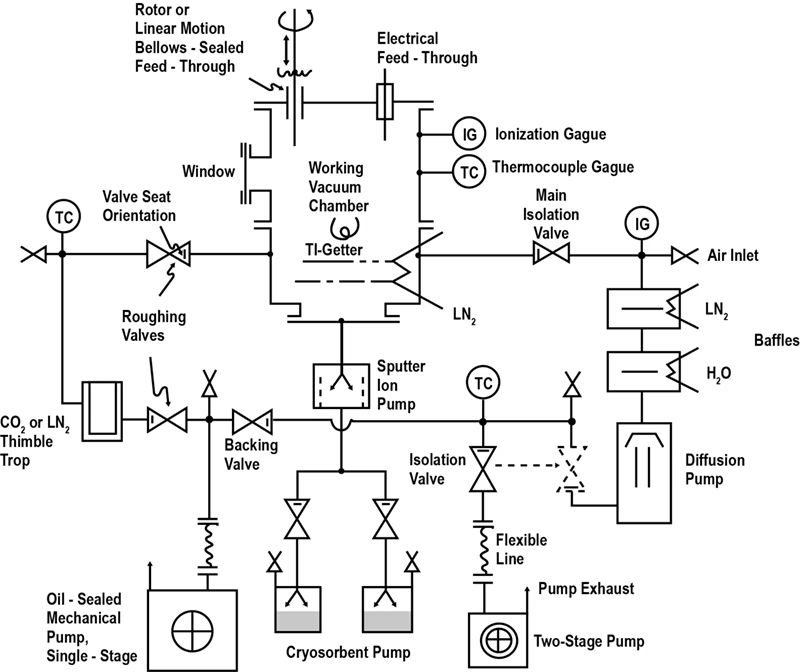
Chapter 3: Overview of Vacuum Systems
- Definition of a Vacuum System: Components and design of a basic vacuum system.
- Pressure Ranges: Classification of vacuum pressure ranges (rough, medium, high, ultrahigh, extreme high vacuum).
- Applications of Vacuum: Use of vacuum in various industries (food preservation, chemical processing, thin-film deposition, etc.).
- Vacuum Pumps: Types of vacuum pumps and their effective pressure ranges.
- Vacuum Insulation: Use of vacuum for thermal, electrical, and acoustic insulation.
- Vacuum for Chemical Processing: Applications of vacuum in chemical reactions, distillation, and surface modifications.
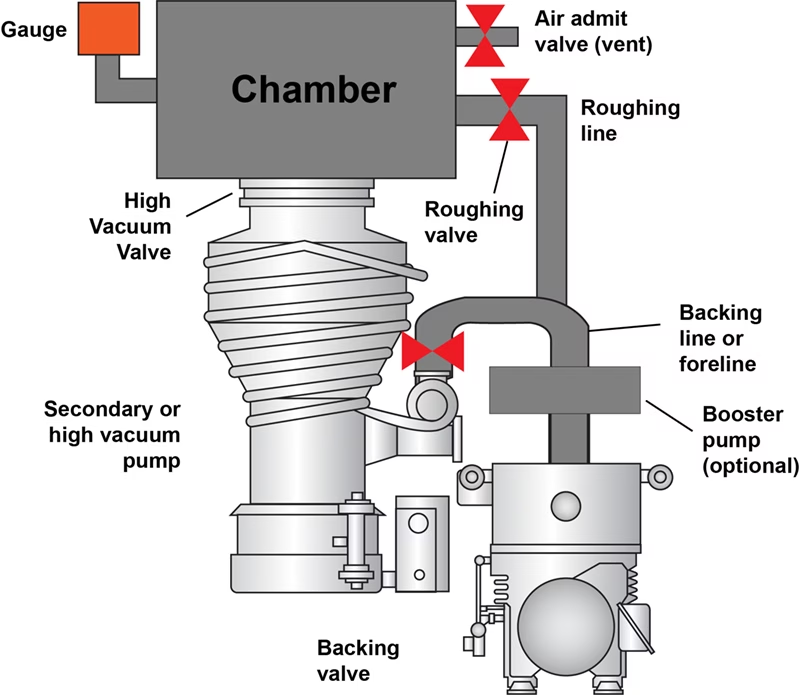
Chapter 4: Examples of Vacuum Systems
- Sputtering Systems: Design and operation of sputtering systems for thin-film deposition.
- Degassing and Drying Systems: Use of vacuum for removing gases and moisture from materials.
- Sterilization Systems: Vacuum-enabled sterilization methods using hydrogen peroxide and electron beams.
- Heat Treatment and Hot Pressing: Vacuum systems for high-temperature processing of metals and ceramics.
- Vacuum Induction Melting: Use of vacuum in metal melting and refining processes.
- Crystal Growth Systems: Vacuum-enabled methods for growing single crystals.
- Thin-Film Deposition Techniques: Various methods (thermal evaporation, sputtering, pulsed laser deposition, atomic layer deposition) for depositing thin films in vacuum.
- Large Format Coating Systems: Vacuum systems for coating large substrates such as architectural glass.
- Semiconductor Fabrication: Role of vacuum in the manufacturing of semiconductor devices.
- Space Simulation Systems: Vacuum systems designed to replicate the conditions of outer space for testing and research.

Chapter 5: The Movement of Gases in Vacuum Systems
- Behavior of Gases: Understanding the behavior of gases in different flow regimes (viscous, molecular, and transitional).
- Factors Affecting Performance: Factors such as outgassing, leaks, and permeation that impact vacuum system performance.
- Gas Flow Dynamics: Dynamics of gas flow in vacuum systems, including conductance and pumping speed.
Excerpts from the Book
“Vacuum technology allows unique manipulations of matter and for many applications is without substitute. Vacuum science occupies a central, enabling, position for many critical industries, including semiconductor, display, lighting, automotive, and energy.”
“The kinetic molecular theory (KMT) of gases put forward in 1857 by Rudolf Clausius is a simplified version of how gas molecules or atoms interact with each other, and because of this simplicity, it describes an 'ideal gas.”
“The application of vacuum is a matter of degrees and (often) of extremes. At pressures slightly below 1 atmosphere, we can preserve food, keep our coffee hot, and assist in the lifting and manipulation of small and large objects.”
